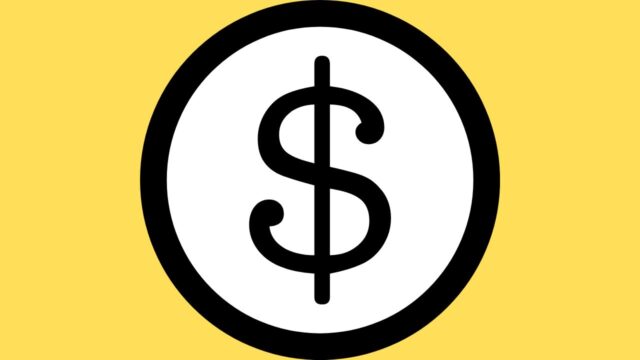
What are hard dollars
Hard dollars are funds that are specifically designated for a particular purpose. In business, hard dollars usually refer to expenditures that can be directly linked to revenue generation. For example, if a company spends money on advertising, the resulting increase in sales can be considered a hard dollar benefit.
Hard dollars can also include expenses that save the company money in the long run, such as investing in energy-efficient equipment. In contrast, soft dollars are indirect costs that are more difficult to quantify in terms of their impact on revenue. For example, spending on employee training may eventually lead to higher productivity, but it is difficult to directly link this expenditure to an increase in sales. As a result, companies must carefully consider whether an expenditure is a hard or soft cost before making any decisions.
How are they used
Hard dollars are a type of currency that is backed by a physical commodity. The most common type of hard currency is gold, but others include silver, platinum, and palladium. Hard currencies have a long history of being used as a form of money, and they were once the only type of currency used in international trade. Today, hard currencies are still used by central banks and investors as a store of value and a hedge against inflation. Hard currencies are also sometimes used to denominate prices in commodities markets.
History of hard dollars
Hard dollars have been used as a means of exchange for goods and services for centuries. The term “hard currency” is used to describe a currency that is widely accepted in transactions and is not easily susceptible to depreciation. Hard currencies are typically issued by countries with strong economies and stable political systems. In the past, hard currencies were usually made of gold or silver, but today they are more likely to be made of paper or metal.
Hard currencies are generally seen as a safe investment, as they are less likely to lose value over time. For this reason, hard currencies are often used to purchase assets such as real estate or stocks and bonds. However, because hard currencies are not easily changed into other forms of currency, they can also be difficult to use in international trade. As a result, hard currencies are typically only used in large transactions or by investors with a long-term outlook.
Benefits of using hard dollars
The most common examples of hard assets are precious metals like gold and silver. Hard assets have several advantages over other types of assets, such as stocks and bonds. First, hard assets are less likely to be impacted by inflation. This is because the supply of hard assets is limited, whereas the supply of fiat currency can be increased at any time by central banks. This makes hard assets a more stable store of value over the long term. Second, hard assets are less volatile than paper assets. This means that they are less likely to experience sharp price swings, making them a more predictable investment. Finally, hard assets offer diversification benefits. This is because they tend to move independently of other asset classes, such as stocks and bonds. For these reasons, investors often use hard assets as a hedge against inflation and market volatility.
Disadvantages of using hard dollars
Hard dollars, or tangible assets, can be a useful way to store value or make financial transactions. However, there are also some disadvantages to using hard dollars. For one thing, hard assets can be subject to theft or loss. Unlike paper currency, which can be replaced if stolen, once a hard asset is gone it is gone for good. Hard assets can also be difficult to transport and store. They may need to be kept in a secure location, which can add to the cost of ownership. Finally, hard assets can fluctuate in value, meaning that their purchasing power can change over time. For these reasons, it is important to weigh the pros and cons of using hard dollars before making any financial decisions.
Alternatives to hard dollars
One alternative to hard dollars is paper money. Paper money is typically issued by governments and is backed by the full faith and credit of the issuing government. However, paper money is not as portable or as universally accepted as hard dollars. Another alternative to hard dollars is electronic funds transfer (EFT).
EFTs are transfers of funds between two parties that are conducted electronically, without the need for paper money. EFTs are becoming increasingly popular as they are more efficient than traditional methods of payments such as check or cash. Finally, some businesses and individuals also use virtual currencies, which are digital representations of value that can be used to purchase goods and services online. While virtual currencies are not yet widely accepted, they have the potential to become a more widespread form of payment in the future.
How to get started with hard dollars
Hard dollars can be a great way to get started in real estate investing. Hard dollars are loans that are secured by real estate, typically with a short term and high interest rate. This type of financing is often used by fix-and-flippers, as it can provide the capital necessary to purchase and renovate a property. Hard money lenders will typically require a loan-to-value ratio of 60-70%, which means that the borrower will need to have some skin in the game. In addition, hard money loans usually come with origination fees and points, so it’s important to do your homework before committing to a loan. But if you’re looking for a fast and flexible way to finance your next real estate project, hard dollars may be the right option for you.


































